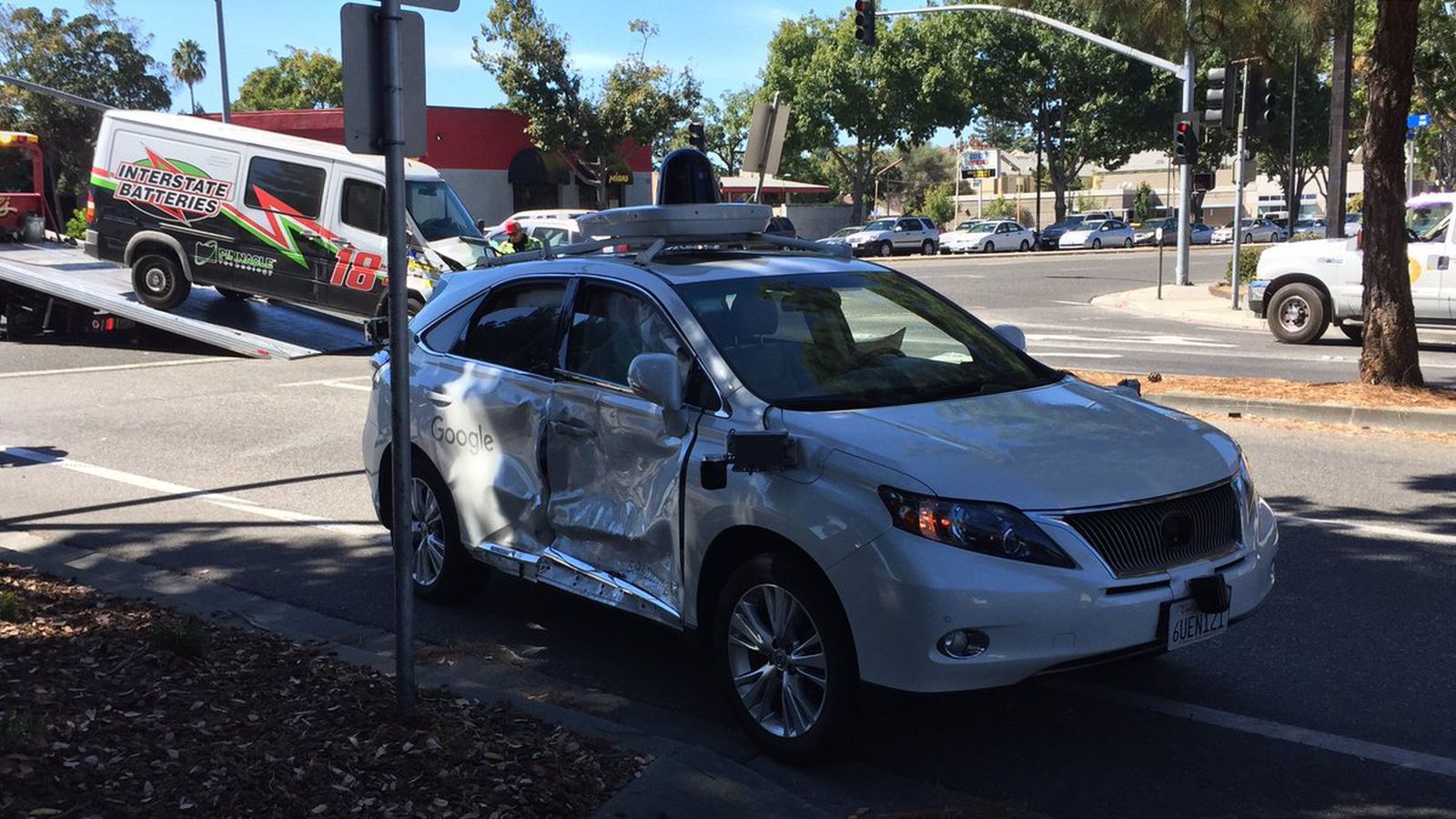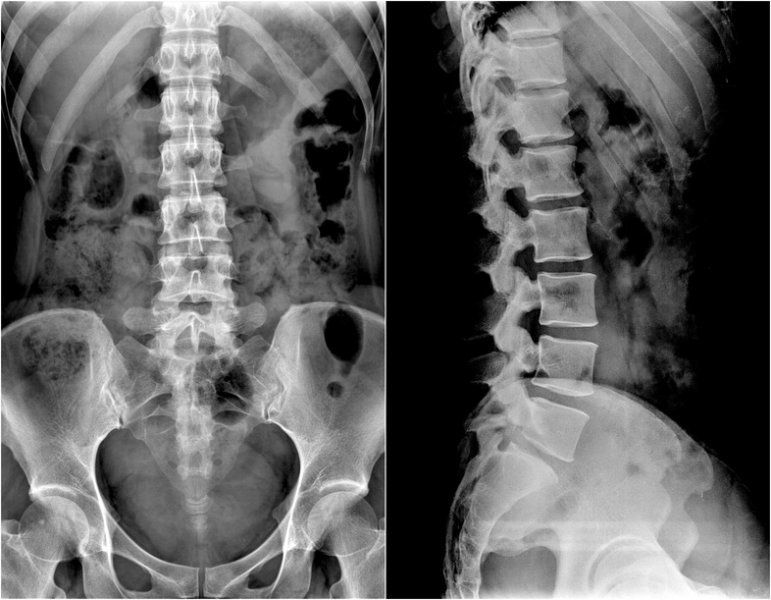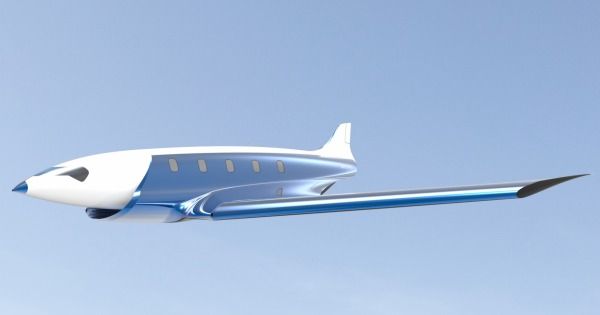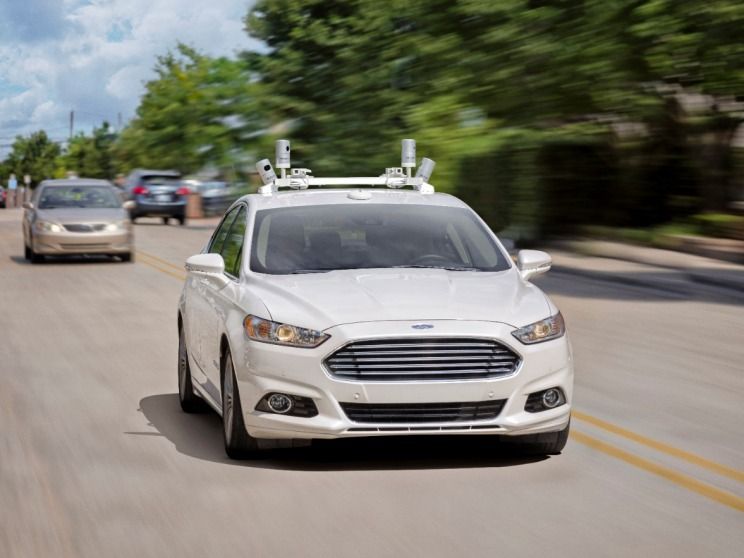Archive for the ‘transportation’ category: Page 529
Sep 26, 2016
Google’s ‘worst’ self-driving accident was still a human’s fault
Posted by Shane Hinshaw in categories: robotics/AI, transportation
Google said that one of its self-driving cars was involved in an accident in Mountain View, California last week. The accident was first reported Friday by 9to5 Google, which characterized the incident as Google’s “worst accident yet.”
In a statement, Google insisted its driverless car was not at fault. A crash report with the DMV has yet to be posted, so all the details have yet to be confirmed.
According to the Google, the accident occurred when a vehicle heading west on El Camino Real in Mountain View ran a red light and collided with the right side of a Google self-driving vehicle that was traveling northbound on Phyllis Ave. “Our light was green for at least six seconds before our car entered the intersection,” a spokesperson said.
Continue reading “Google’s ‘worst’ self-driving accident was still a human’s fault” »
Sep 26, 2016
Graphene nanoribbons show promise for healing spinal injuries
Posted by Shane Hinshaw in categories: biotech/medical, nanotechnology, transportation
The combination of graphene nanoribbons made with a process developed at Rice University and a common polymer could someday be of critical importance to healing damaged spinal cords in people, according to Rice chemist James Tour.
The Tour lab has spent a decade working with graphene nanoribbons, starting with the discovery of a chemical process to “unzip” them from multiwalled carbon nanotubes, as revealed in a Nature paper in 2009. Since then, the researchers have used them to enhance materials for the likes of deicers for airplane wings, better batteries and less-permeable containers for natural gas storage.
Now their work to develop nanoribbons for medical applications has resulted in a material dubbed Texas-PEG that may help knit damaged or even severed spinal cords.
Sep 26, 2016
Closing in on high-temperature superconductivity
Posted by Shane Hinshaw in categories: energy, physics, transportation
Realistic hover cars coming to future near you.
The quest to know the mysterious recipe for high-temperature superconductivity, which could enable revolutionary advances in technologies that make or use electricity, just took a big leap forward thanks to new research by an international team of experimental and theoretical physicists.
The research paper appears in the journal Science on Sept. 16, 2016. The research is focused on revealing the mysterious ingredients required for high-temperature superconductivity — the ability of a material’s electrons to pair up and travel without friction at relatively high temperatures, enabling them to lose no energy — to be super efficient — while conducting electricity.
Continue reading “Closing in on high-temperature superconductivity” »
Sep 25, 2016
This Plane Will Get You From New York To London In Just 11 Minutes
Posted by Andreas Matt in category: transportation
Sep 25, 2016
The first pop song ever written by artificial intelligence is pretty good, actually
Posted by Aleksandar Vukovic in categories: robotics/AI, transportation
Sep 24, 2016
Nvidia links up with Foxconn, Quanta on AI servers
Posted by Roman Mednitzer in categories: computing, robotics/AI, transportation
TAIPEI — Leading graphics chip designer Nvidia said on Wednesday that it had formed a partnership with Foxconn Technology Group and Quanta Computer to develop servers that offer artificial intelligence capabilities.
“In the long term, artificial intelligence computing has the largest market potential, as every data center in the future will have artificial intelligence,” Chief Executive Jen-Hsun Huang told an audience at a tech forum in Taipei on Wednesday.
The development of next-generation technologies including connected devices, driverless cars and smart cities require servers that can handle massive amounts of data, images and videos.
Continue reading “Nvidia links up with Foxconn, Quanta on AI servers” »
Sep 23, 2016
How the government plans to make your self-driving car safer
Posted by Dan Kummer in categories: government, robotics/AI, transportation
A self-driving car may someday have to decide between your life and the lives of others. But how should the car choose? If you don’t know how to make that decision, that’s okay — Washington doesn’t either.
That’s one big takeaway in a new, lengthy document from the Department of Transportation that lays out options to make autonomous vehicles safer–and represents the most public sign of the attention self-driving cars are getting from politicians despite their inability to vote.
Sep 23, 2016
RFID in China 2015–2025: Forecasts, Players, Opportunities : Data and analysis of the technologies, markets and value chain
Posted by Karen Hurst in categories: government, transportation
LONDON, Sept. 22, 2016 /PRNewswire/ — This report provides quantitative analysis and unprecedented level of insight into China’s RFID industry, analyzing the market by application, region, frequency band and value chain. The report develops a ten-year segmented market forecast. It also provides detailed profiles of 28 listed companies in addition to a further summary of 110 other Chinese RFID players. By 2025 the total RFID market in China will reach US$4.3 billion. This report provides a complete view of the RFID suppliers, value chain, applications and trends in China. It looks not only at the RFID manufacturing base in China, but also the applications of RFID in China, providing ten year forecasts by 13 application categories. IDTechEx has studied the RFID market globally for 15 years and this research builds on that knowledge in addition to new research carried out in Chain by IDTechEx analyst Dr Xiaoxi He. Over 150 RFID companies have been identified.
China already has 85% of the world’s RFID manufacturing capacity, being a major exporter of tags. In addition, the second generation National Identification Card project in China is the largest RFID order by value and China is delivering it by using Chinese-only resources almost exclusively. Thanks to strong support by the government, China has used RFID widely on applications ranging from library assets to train tickets, and as China becomes a leader in manufacturing in most segments — from cars to planes — it will fuel increasing demand for RFID in manufacturing and many other industries.
As RFID is increasingly being deployed around the world (IDTechEx expect that over 8.5 billion tags will be sold globally in 2015 versus 7 billion in 2014), suppliers are in the process of shaving off fractions of a cent from each inlay, particularly for passive UHF. That means picking up and moving manufacturing base to China in some cases. There have also been other, relatively new entrants that by strong investment (including acquisition) have gained a relatively high market share from nothing in a few years, examples being Arizon RFID and Shangyang, to name a few.
Sep 23, 2016
Tesla e-Bike Could Be the Future Motorcycle You Never Thought You Wanted
Posted by Andreas Matt in categories: futurism, transportation
What better way for Tesla to outdo itself than by dominating the motorcycle market as well!? — B.J. Murphy for Serious Wonder.


















